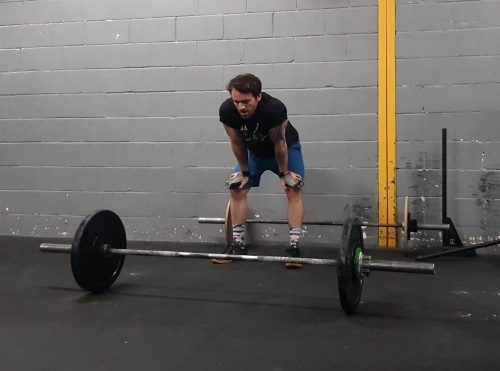No matter your level of performance, recovery is essential. not only between session but within them. Whether it is simply regaining control of your breathing and heart rate or trying to flush out those heavy legs. The better you can recover between bouts of effort, the better the quality of the training. If you have played any sport, probably at any age or level, the chances are you’ve heard the following phrase (or something similar).
Stand yourself up, open your lungs
Does this actually help? Why can’t I just crouch over here breathing through my backside?!
Sit, stand or lay down?
Research has tended to focus on these three positions when understanding how best to recover between efforts. The consensus appears to be that standing upright is the most effective. Hence why it is the most popular method used in team (and most other) sports. However, new research is suggesting that actually having a flexed spine may well speed up recovery.
The faster your HR recovers is a pretty decent measure of how well you are dealing with any given exercise. In fact, there has been a direct link between HR recovery and aerobic capacity. unfortunately, research isn’t very clear as to whether sitting standing or laying down is the most effective for HR Recovery.
How about hands on knees?
In a recent study (2019), 20 female soccer players were tested when standing with their hands behind their head or bent over with hands on knees. The players took part in high intensity interval training which consisted of 4 minutes running and 3 minutes of recovery. This was then repeated 4 times, with one of the recovery postures used during the recovery. Throughout the study, a number of measures for recovery were taken, one of which was HR recovery.
The results suggested that you may well be best to rest with your hands on your knees. Recovering with hands on knees was found to improve HR recovery by 22 beats per minute across the group.
Hands on Knees for Recovery During High Intensity
This research would suggest during high intensity intervals, resting on your knees is a good way to recover. When you think about it, in my opinion, this makes sense. Naturally you want to fold over and rest against yourself. While the paper goes into more detail about how and why (read here) you want to do what feels good for you! Quite often when I am leading personal training sessions in Camberley, Surrey, clients will end up in this positions. Personally, I am going to let them do what they need to do to stay comfortable! Give it a go and see if you can control yourself more or less when resting with hands on knees.
